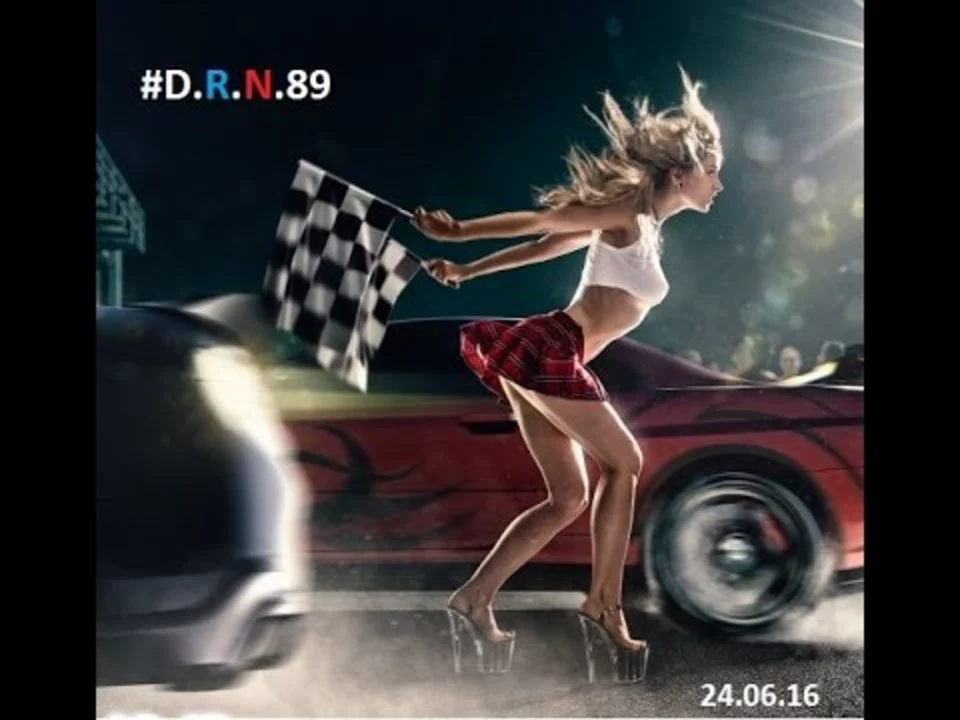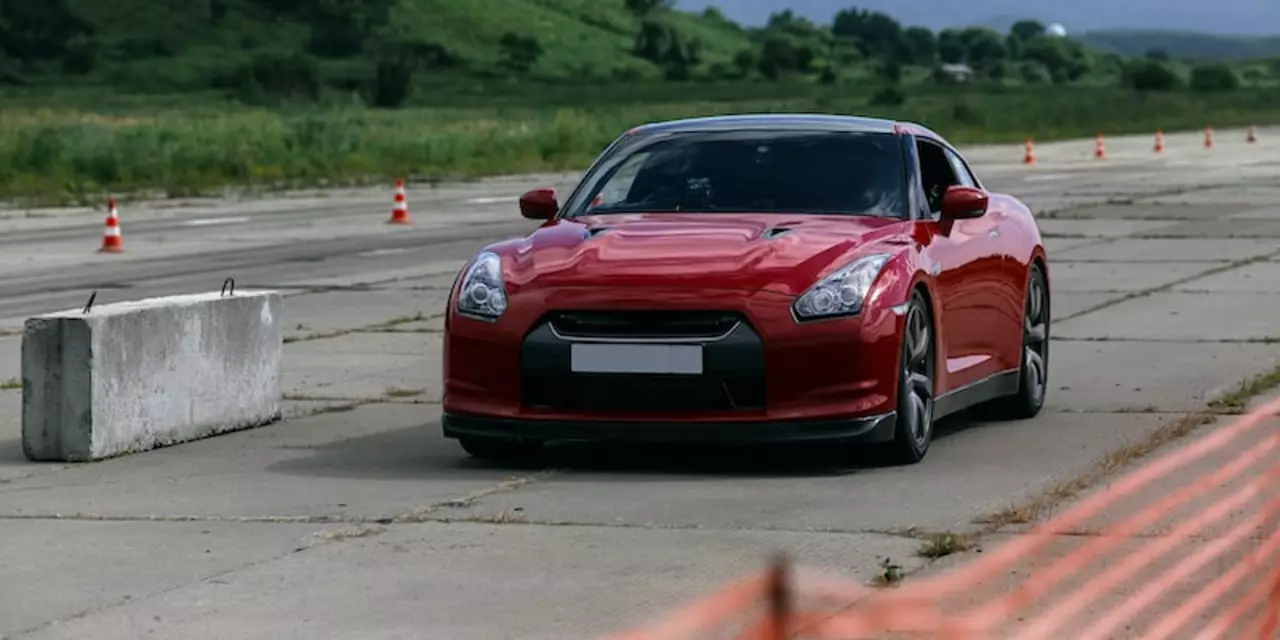Street Racing: What It Is and Why It Matters
If you’ve ever heard revving engines echo down a city block, you’ve probably wondered what’s behind the buzz. Street racing is the raw, unsanctioned version of motorsport that happens on public roads, usually at night. It’s not a hobby for the faint‑hearted; it mixes speed, adrenaline, and a bit of rebellion. But beyond the roar, there are real stories about community, tech hacks, and the fine line between excitement and danger.
What draws people to street racing?
Most fans say the biggest pull is the feeling of pure speed with no limits. On a closed track you follow strict rules, but on a street you decide the line, the timing, and the risk. That freedom feels like a shortcut to the thrill you’d get at a professional circuit. Car culture also plays a huge role. Owners love tweaking engines, swapping exhausts, and showing off custom paint jobs. The night‑time scene becomes a social gathering where people swap tips on tire pressure, suspension tweaks, and the best routes to avoid police.
Another factor is competition. Even without official sponsors, racers set up informal ladders: who can hit 100 mph on a straight, who can nail the tightest corner, or who has the cleanest drift. The bragging rights are real, and they spread through word‑of‑mouth, social media clips, and local meet‑ups. For many, it’s a way to prove skill without spending a fortune on track days.
Staying safe and legal
Here’s the hard truth: street racing is illegal in most places and can end badly. Speeding on public roads puts you, passengers, and strangers at risk. One miscalculation can mean a crash, a ticket, or a criminal record. If you’re serious about the sport, the safest route is to find a legal track or an organized event where you can push limits under controlled conditions.
For those who still want the street vibe, start with safety basics. Make sure your car is in top condition—check brakes, tire tread, and fluid levels before any run. Wear a proper helmet and a racing suit if possible; even a simple fire‑resistant jacket helps. Keep the group small, and always have a spotter who can warn about police or hazards. Stick to routes with low traffic, good lighting, and smooth surfaces—bad road conditions can turn a fast lap into a loss of control.
Finally, respect the community. If you see a new driver, show them how to check their car and how to stay out of trouble. Encourage them to attend local track days. The more people who move their passion off the streets, the safer the scene becomes for everyone.
Street racing isn’t going away overnight, but you can enjoy the culture without putting lives on the line. Focus on the tech, the camaraderie, and the raw excitement—just keep it away from public highways. That way the roar of the engine stays a thrill, not a tragedy.

